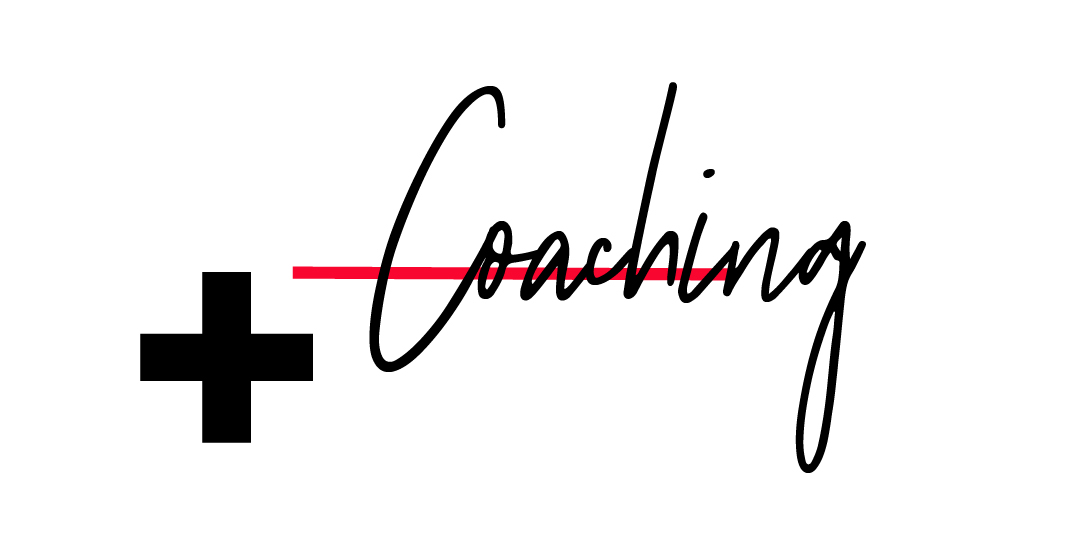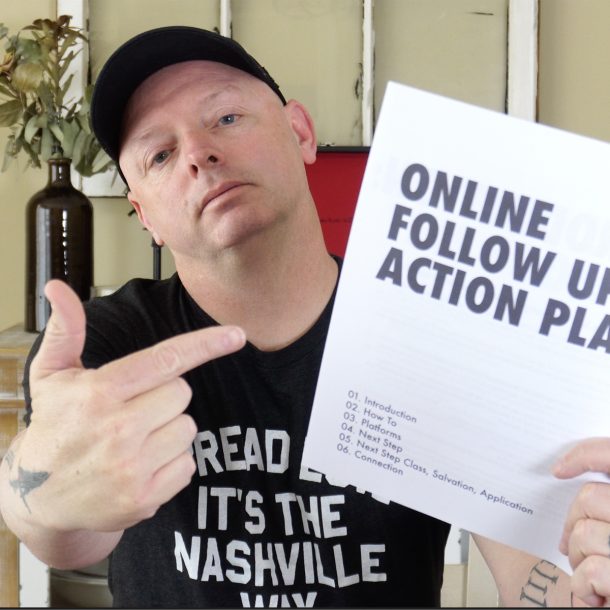Equity in an organization is so important. Creative teams can create all day long but if the rest of the organization does not trust them it does not matter. Further, when equity erodes, it creates a barrier between creators and the products they are creating. Without a distribution source creative ideas and products become creations for vanity.
So how do we protect our equity? What traps can we avoid that will damage our equity inside of our organizations? Here are a few:
- Believe the hype – Never read our own press. Good or bad. Remember the work, the process, and the team. When we start to accept the praise we set the expectation that we must also accept the failure. Find the balance. Celebrate the wins and learn from the losses, but don’t over believe the good or the bad. That roller coaster will kill you.
- Stop creating and start repeating – New creations keep us fresh. Not just us, those whom which we work also get fresh with new ideas and creations. When we fall into the trap of repeating and reusing elements we risk future creativity and innovation. This one little short cut can retard the creative culture of our organizations or churches.
- Stop learning – We can’t stop learning. Do research. Find out what other people are doing and what is working. Don’t copy them…but study your industry. Know where art is going and how technology can be leveraged for your benefit. Read and read a lot! Keep learning to stay sharp and creative.
- Become difficult – If we become a pain in the butt, people don’t want to work with us. Sure, for a while your talent will force them to put up with you but eventually the pain of trying to work with us will pass your talent and leave us lonely. Always treat people how you would want to be treated. The quote “People judge themselves on intention and others on action” is hauntingly true in the lives of artists. Extend grace to the level we would want to receive grace.
- Refuse to be flexible – Flexibility and creativity go hand in hand. When we stop being flexible we strangle creativity and process. Fight for ways to be flexible it creates space for creativity.
- Blow Deadlines – This one is tricky. Most projects have a due date and hitting that date is the “deadline”. However, when we fail to plan we hurt our best creative ideas. Managing time is about the entire scope of the project, not just the last 48 hours. Find ways to work further out on projects so they get space to breathe. When this happens we will have a better chance at creating our best work, not just our fastest.
- Over promise under deliver – It will hurt us every time. If we make a promise…keep it. And never make promises that we don’t have control over.
- Stop asking questions – If we don’t ask questions we ignore possibilities. Questions make every project better.
- Look for the NO CANT. – This is the first hint of negative thinking. We should be looking for the “yes and” not the “no can’t”
- Fall victim to the trap they are always right. – Other people have experiences and good input. Listen to them. We don’t have to always be right…we just have to always be willing to adapt.
Create great stuff and create it with a great attitude. We are blessed with the gift to create for a living. What an honor. If you start to see these traps popping up take time to make corrections you could be headed down the wrong route.





Outstanding thinking here, bro. One of the best advice from a boss was to “under promise and over-deliver”–not to deceive, but to be sure your word was worth something.
“Creat stuff and create it with a great attitude” YES.. Love that!
Regarding NO CAN’T:
You should read a couple recent articles that appeared on Fast.Co Design.
They mentioned research that shows criticism actually *increases* creativity. The whole idea that brainstorming should happen in groups and have no filter? It turned out to be a total myth debunked by study after study for the last 40 years.
Instead of “NO can’t” it should be “NO because.” Saying no is super healthy, it just needs to be backed up with reasoning.
Overall creative process is suggested to be thus:
– come up with ideas individually (study after study shows more are generated this way)
– bring those ideas together and debate them as a group (study after study shows that more creative ideas happen, and even more ideas are generated after debating)
– narrow the ideas down through critique
– the best ones will remain